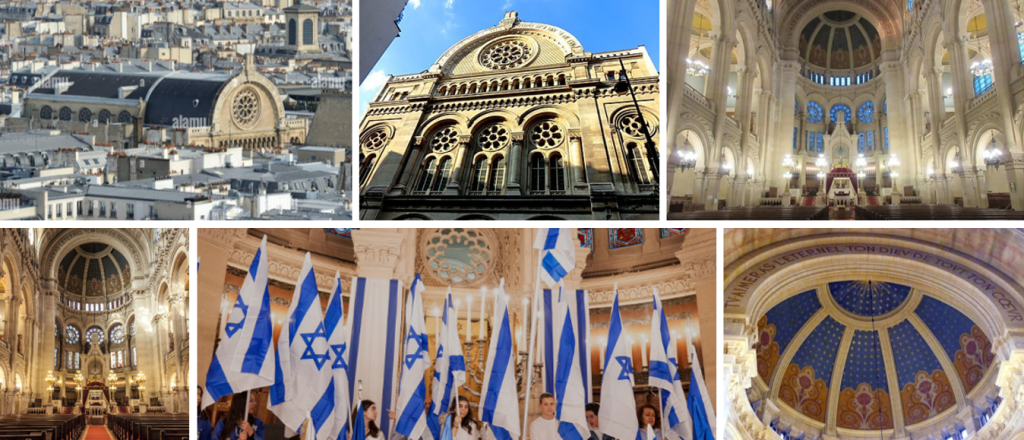
In Parasha Lekh Lekha (Genesis 12:1 – 17:27), God commands Abraham, who was 75 years old (1), to settle in the land of Canaan (2), a land intended for him and his descendants. Subsequently, Abraham becomes involved in a conflict to rescue his nephew Lot, who had been kidnapped.
Genesis 14:14-16
וַיִּשְׁמַ֣ע אַבְרָ֔ם כִּֽי־נִשְׁבָּ֛ה אָחִ֥יו וַיָּרֶ֖ק אֶת־חֲנִיכָ֑יו יְלִידֵ֣י בֵ֔יתוֹ שְׁמֹנָ֥ה עָשָׂ֖ר וּשְׁלֹשִׁ֥ים וּמֵאָֽה׃
וַיִּרְדֹּ֗ף עַד־דָּ֛ן וַיֵּחָלֵ֥ק עֲלֵיהֶ֖ם לַיְלָֽה ה֥וּא וַעֲבָדָֽיו וַיַּכֵּ֖ם וַיִּרְדֹּ֑פם עַ֖ד־חוֹבָֽה אֲשֶׁ֥ר לִשְׂמָֽאל׃
וַיָּֽשָׁב֙ אֶת־כָּל־הָ֭רְכֻשׁ וְגַֽם־אֶת־ל֣וֹט אָחִ֑יו וְֽרְכֻשׁ֖וֹ הֵשִֽׁיב֙ וְגַם־אֶת־הַ֖נָּשִֽׁים וְאֶת־הָעָֽם׃
When Abram learned that his relative had been taken captive, he armed 318 of his bravest servants, born in his house, and pursued them as far as Dan. Then, in the night, he and his servants attacked them and defeated them and pursued them to Hobah, which is to the north of Damascus. He brought back all the possessions and also brought back his relative Lot with his possessions and the women and the people.
Abraham, accompanied by his men, confronts and defeats his enemies, rescuing Lot, who had been kidnapped. May Abraham’s example guide us in freeing the 224 hostages in the hands of Hamas. May the Lord turn Tsahal into a formidable iron harrow (3) to crush those who seek to destroy Israel.
The synagogue of Mende, located near the Lot River, is a medieval building dating back to the 11th century. It ranks among the oldest synagogues in France. Originally, it belonged to a prominent Jewish figure in Mende named Ferrier (4). The synagogue’s architecture reveals typical features of its era, suggesting its use both as a residence and a place of worship.
(1) 1948 + 75 = 2023
(2) Canaan is a region in the Middle East that encompasses parts of what is now Israel, the Gaza Strip, the northern Negev, western Jordan, Lebanon, and western Syria.
(3) Isaiah 41:15 (Haftara for Lekh Lekha)
הִנֵּה שַׂמְתִּיךְ, לְמוֹרַג חָרוּץ חָדָשׁ–בַּעַל, פִּיפִיּוֹת; תָּדוּשׁ הָרִים וְתָדֹק, וּגְבָעוֹת כַּמֹּץ תָּשִׂים.
Behold, I have set you as a new, sharp threshing sledge with double edges; you will thresh the mountains and crush them, and you will reduce the hills to fine chaff.
(4) A surname that suggests an occupation related to ironwork (blacksmith).



